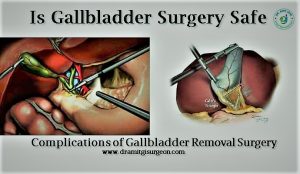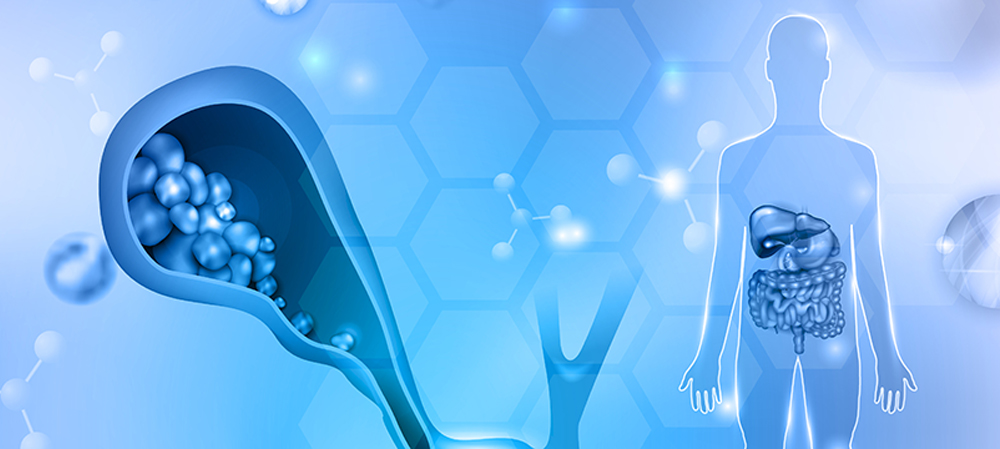 Gallstones or cholelithiasis is most common diagnosis for acute right upper abdomen pain. It is also the most common cause of abdominal Laparoscopic surgery
Gallstones or cholelithiasis is most common diagnosis for acute right upper abdomen pain. It is also the most common cause of abdominal Laparoscopic surgery
Gallbladder stone reason/ What Causes Gallstones
There are many theories about the formation of gallstone. But there is no preventive method. 80% of stones contain cholesterol while rest 20% have calcium and bilirubin salts. It is said that too much cholesterol secreted by liver which bile cannot dissolve causes formation of cholesterol stones. Pigment or bilirubin salt containing stones are formed if too much bilirubin is secreted. However there is no special gallbladder stone diet which can prevent there formation
 Gallstones symptoms
Gallstones symptoms
Gallbladder pain : Also called as biliary colic, pain is mild to moderate in intensity, localized to right upper abdomen and occur due to stone at neck causing obstruction
Jaundice: It occur if edema at GB neck causes external biliary obstruction.
Fever: The development of fever suggestive of infective pathology. It occur mainly in diabetic patients when there is complete obstruction at Gallbladder neck and there is mucocele formation which get secondary infected

Complications
Mucocele gallbladder: Distended gallbladder due to impacted stone at neck. Gallbladder infection in mucocele is called as pyocele gallbladder.
Contracted Gallbladder: Repeated inflammation causes shrinkge
Jaundice: Large Gallbladder stone impacted at neck can cause extrinsic compression or can erode into nearby biliary system and can cause jaundice, it is also called as Mirrizzi syndrome
Pancreatitis: It is also called as biliary pancreatitis. It occur when gallstone cause obstruction at the common junction of pancreatic duct and common bile duct. Patient complain of severe upper abdomen pain radiating to back associated with nausea & vomitting
 Best Doctor or Specialist for Gallstones Treatment (Allopathy Vs Homeopathy)
Best Doctor or Specialist for Gallstones Treatment (Allopathy Vs Homeopathy)
Most of the patients have a doubt whether gallstones can be treated medically or Homeopathy has a role in its management. Now we have enough studies which proves that medical management have no role in gallbladder stones treatment
The only recommended treatment worldwide is its surgical removal called as cholecystectomy
Gallstones Surgery
The standard treatment for gallstone is complete removal of gallbladder called as cholecystectomy. It is called as Laparoscopic cholecystectomy as mostly it is done by laparoscopy. It is a day care surgery. Patient can be discharged from the hospital on same day of surgery, and from next day patient can do all day to day activities
Patient Preparation
As it is an elective procedure all routine lab investigations are done. Pt require Chest-X ray and ECG. Pre-Anesthetic check up is done. Patient require fasting for 6hr before surgery. Avoid hypogylcemic drug on day of surgery. Continue anti-hypertensive drug and thyroxine tablet on day of surgery with sips of water
Surgical Procedure
Done mostly through four ports, but if there are no so much adhesions it can be done through three ports by experienced laparoscopic surgeon.Camera port is inserted. Under vision other ports are placed. Adhesionolysis is done if present. Cystic duct and artery dissected, clipped and divided.Gallbladder is dissected out. Gallbladder is extracted. Bile and stone spillage is avoided
Post-op Recovery after Laparoscopic cholecystectomy
Patient is allowed orally four hrs after surgery, starting from liquids and gradually increased to normal diet. Patient is encouraged to walk. It is day care surgery. If patient is comfortable can be discharged on same day of surgery otherwise next day. From next day onwards patient can do all his normal activities
Diet after Laparoscopic Cholecystectomy
Generally it is advised to avoid excessive fat in the dist for 2-3 months post surgery. After that patient can have normal diet
 Complications of Gallbladder Surgery
Complications of Gallbladder Surgery
Bleeding: It occur due to injury to blood vessels. Whenever there is bleeding intra-operatively dont be panic.First step should be applying pressure at the bleeding site. Small venous injury stops after packing only. Field should be cleared and after proper visualization bleeding point should be identified and either cauterized or clipped should be applied. Do not hesitate to convert to open surgery if bleeding is not controlled laparoscopically
Bile duct Injury : The incidence of bile duct injury has been decreased after the learning curve of laparoscopic surgery. It occur in difficult cases with dense adhesions at gallbladder fossa.In such cases it should be converted to open surgery. Dissection should be done close to the gallbladder.Intra-operatively whenever there is doubt of bile duct injury convert to open. If injury cannot be managed then put a drain and refer the patient to higher centre
Injury to Bowel: Bowel gets adhered to gallbladder fossa due to recurrent inflammation. Pylorus and duodenum are most commonly injured organs. Hepatic flexure is another common site of injury. In post-op period if recovery is not smooth and Common Bile duct is normal a high suspicious of bowel injury should be suspected and CECT abdomen should be done
 Gallbladder removal side effects
Gallbladder removal side effects
To know the side effects after gallbladder removal it is important to understand what is the function of gallbladder
Bile is made in the liver and part of it gets stored in the gallbladder. When we have high fatty meal, this stored bile in addition to the liver bile reaches the small intestine for fat digestion. In the absence of gallbladder only liver bile reaches the intestine and which is more than sufficient for fat digestion
Some patients may find it difficult to digest excess fat for initial 2-3 months. After this period body gets adapted and there is no problem
 Gallbladder stone operation or surgery cost
Gallbladder stone operation or surgery cost
The cost of Laparoscopic cholecystectomy average Rs 50,000 to 80,000. It varies from one hospital to other. There are many other factors which decide the cost of the surgery. Patient has got other associated comorbid conditions like hypertension, diabetes, chronic liver disease, in these conditions patient may need extra investigations and other parameters which may increase the cost of surgery
 Asymptomatic Gallstones
Asymptomatic Gallstones
Asymptomatic gallstones mean a patient is diagnosed to have gallstones but never have abdomen pain. Asymptomatic Gallstones disease is common. Ultrasound abdomen is the investigation of choice in any abdomen complaint. Being so much use of ultrasound abdomen the incidence of asymptomatic gallstones has increased. Management is controversial some recommend to go for gallbladder removal while other say it should be removed only when symptomatic.

